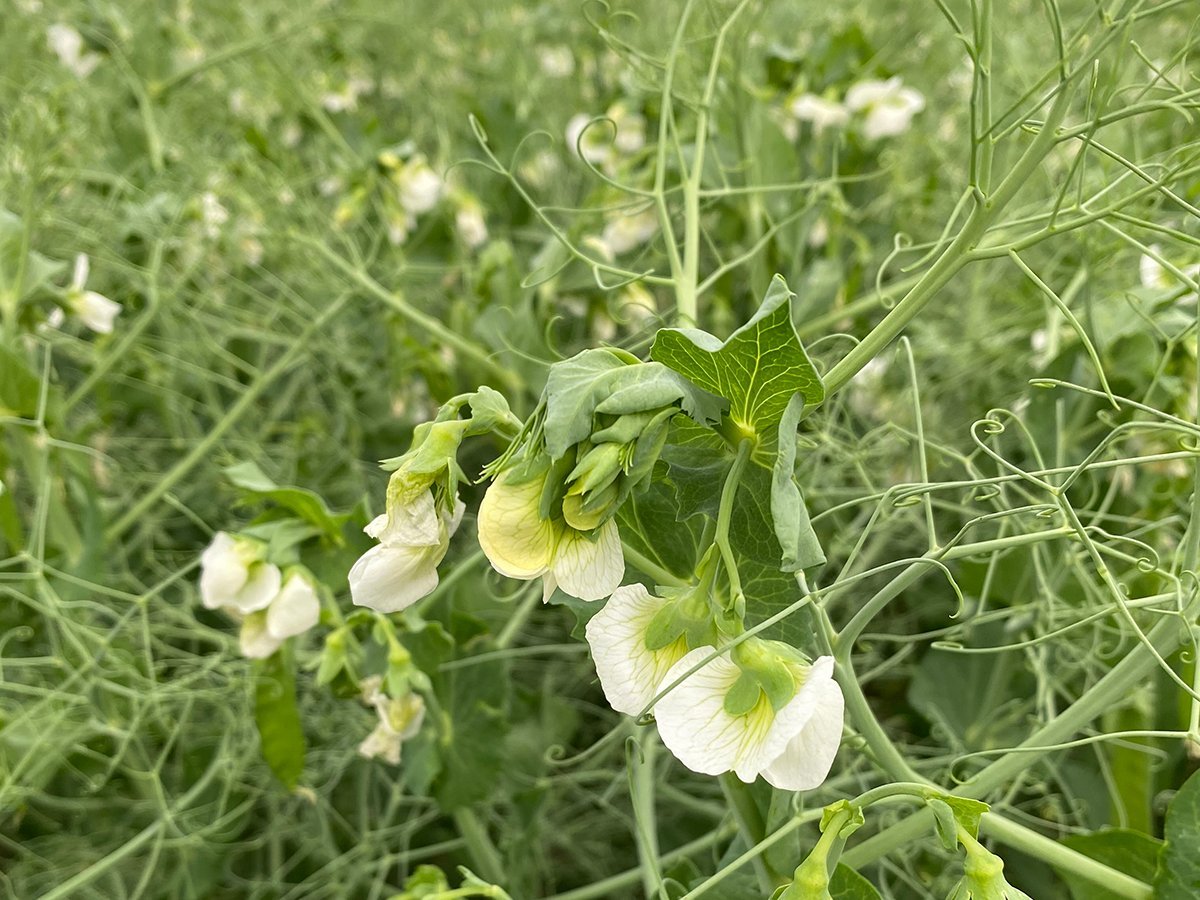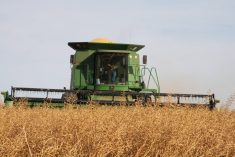The canola industry has made no progress toward its goal of increasing the national average yield to 52 bushels per acre by 2025, according to Statistics Canada data.
This year’s average was 40.1 bu., according to the Production of Principal Field Crops report released last week.
That is nearly identical to the base line yield of 40.2 contained in the Canola Council of Canada’s strategic plan released in 2014.
Yields have bounced around a little bit in the years in between, but the average has been 40 bu., which again is slightly lower than the base line year.
Read Also

Crop quality looks good this year across Prairies
Crop quality looks real good this year, with the exception of durum.
Despite what the data says, council president Jim Everson thinks the 52 bu. target is still within reach.
“I think the trajectory is very much on track. I think it’s achievable,” he said.
He recently received a letter from a grower who averaged 65 to 70 bu. per acre on his farm. And he knows that yields on many other farms are exceeding 50 bu.
“We know the crop genetics allow it. We know it can be done.”
He said farmers have been facing a number of weather-related “yield robbers” in recent years that have kept a lid on yields.
This year it was a July heatwave in Manitoba and Saskatchewan that hit at the most inopportune time during flowering.
Last year it was the miserable harvest conditions that left two million acres of the crop out in the fields until the following spring.
Other yield robbing factors in 2020 included shallow root formation, flooded fields in the Peace region of Alberta, wind gales that delayed in-crop herbicide applications and an uptick in a variety of diseases.
Everson said there had been steady increases in average yields in the years preceding the release of the council’s 52 by 2025 strategic plan and he is confident there will be in the coming years as well if Mother Nature co-operates.
The industry needs to increase production, and the only way that is going to happen is through improved yields because farmers are quickly maxing out on acres.
“We know we’ll need to do better if we want to fully capitalize on global demand for canola, a demand we’re confident will continue to grow,” he said during a recent presentation at Canola Week 2020.
Whether farmers will be able to increase their yields by 25 percent over the next five years will depend a lot on advancements in research and innovation.
However, there are some concerns on that front. Everson said federal spending on research has been stagnant in recent years and may well be declining in years to come.
“Continued investment in research and innovation has never been more essential,” he said.
“However, at this critical time, the future of canola research is likely to be threatened by the competing demands for public funding.”
Ottawa’s spending on COVID management is going to push the federal deficit past $1 trillion this year.
“With the additional strain of COVID we’re at risk of seeing further declines,” said Everson.
The federal government has also identified pharmacare and child care as two important but costly spending priorities.
The council administers more than $12 million in federal funding through the Canola AgriScience cluster, a five-year research program that expires in 2023.
It is a significant source of funding for the sector, but there are also grower dollars to invest in addition to provincial government money.
Life science companies are also reinvesting an average of 10 percent of their sales into their own projects.
One area of research that seems to hold a lot of promise is fertilizer management.
“Small improvements in the use of nutrients can result in substantial gains,” he said.
Precise fertilizer management could add as much as three bushels to the national average yield.
Gene editing is a breeding tool that can also contribute to increased yields, but there are challenges with commercializing that technology.
On July 25, 2018, the European Court of Justice ruled that gene editing techniques would be subject to the same regulations as genetically modified crops.
The Council of the European Union has asked the European Commission to study the implications of that ruling and prepare a report by April 30, 2021.
Kathleen Donohue, director general of Agriculture Canada’s Market Access Secretariat, said Canada is eagerly awaiting the release of the report.
“We do anticipate that once this EU study is published it’s going to have significant impact on the global landscape for these products,” she said in her Canola Week presentation.
In the meantime, countries like Canada are going to have to practise good stewardship with regards to the commercialization and exporting of crops developed through gene editing techniques, she said.
















